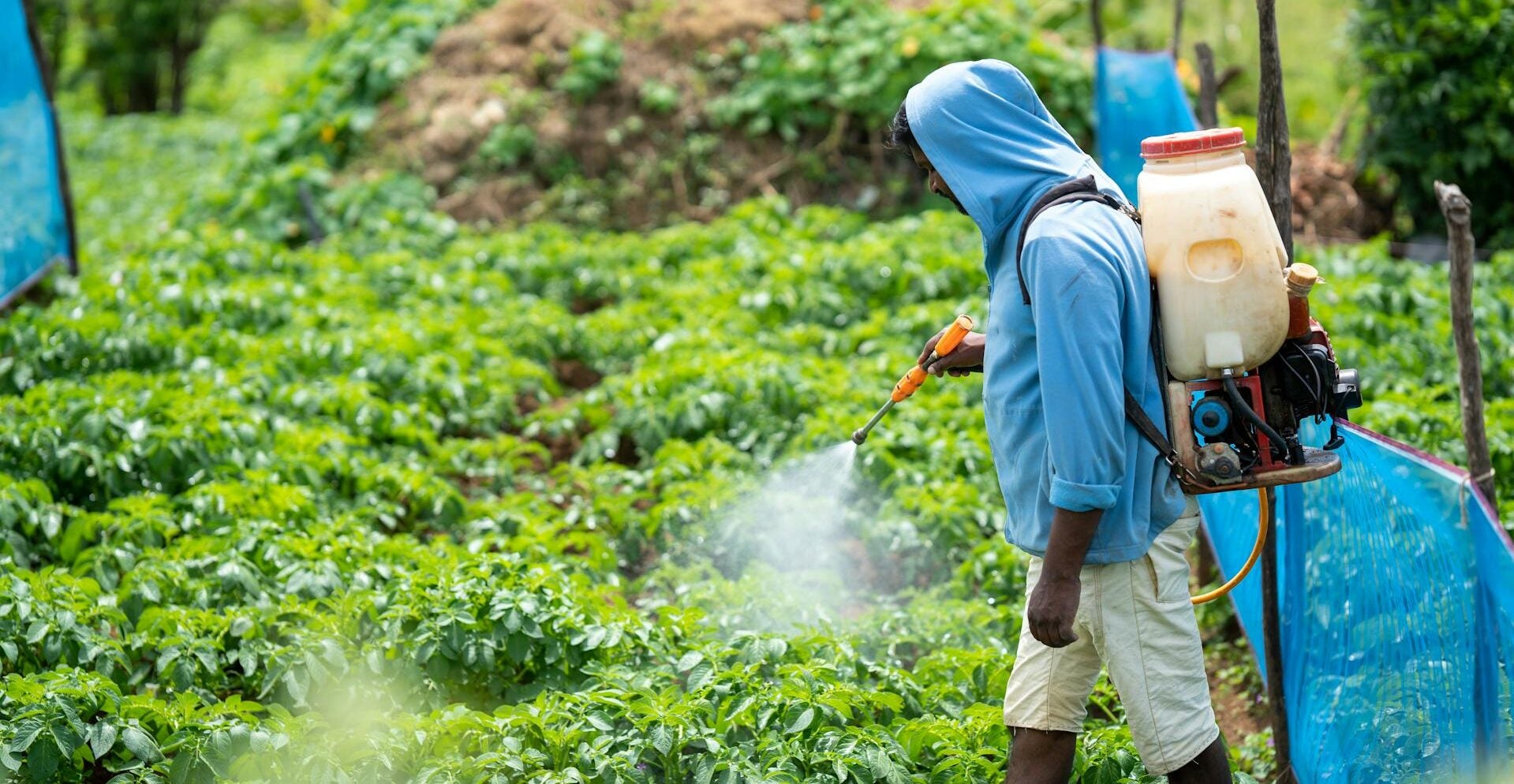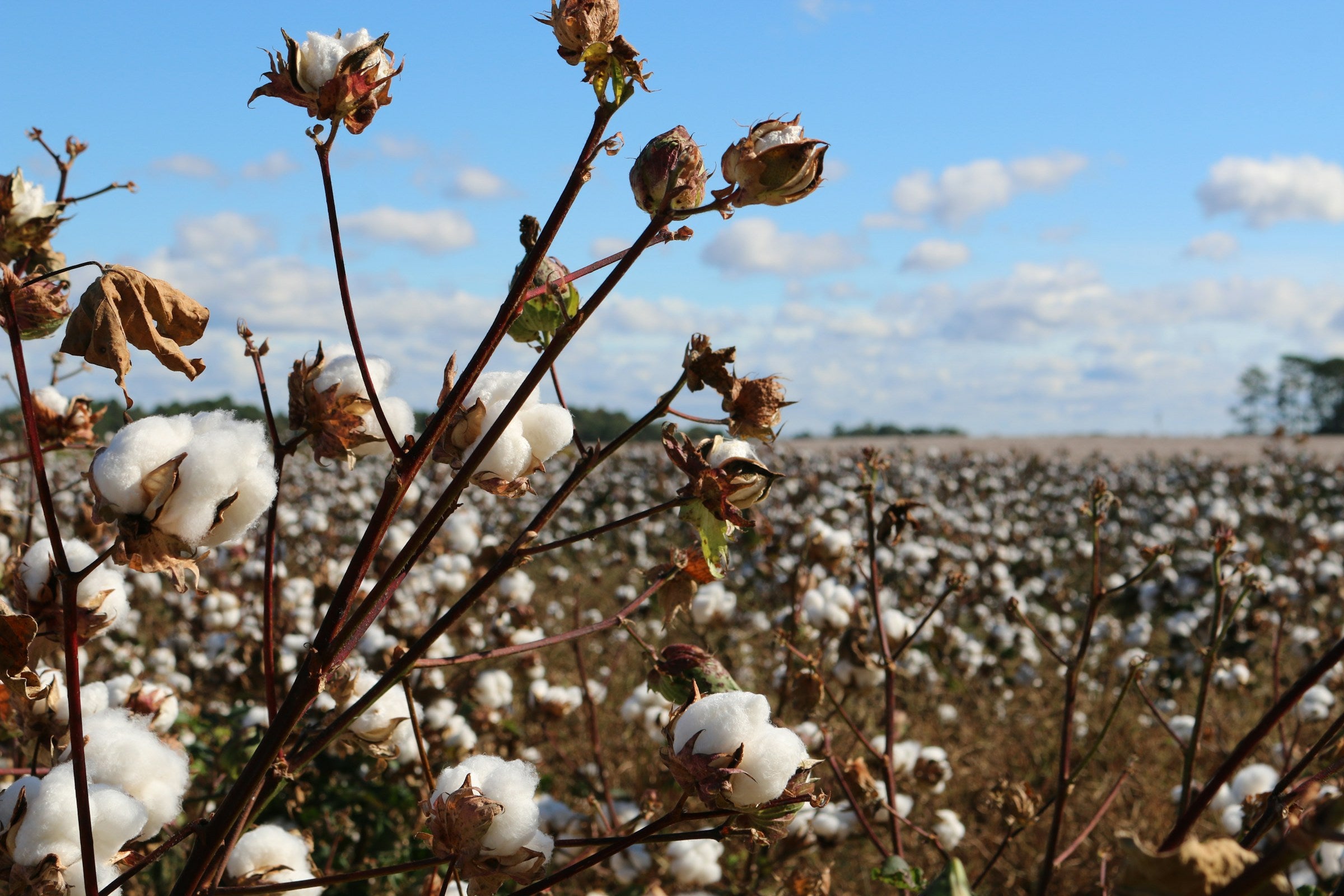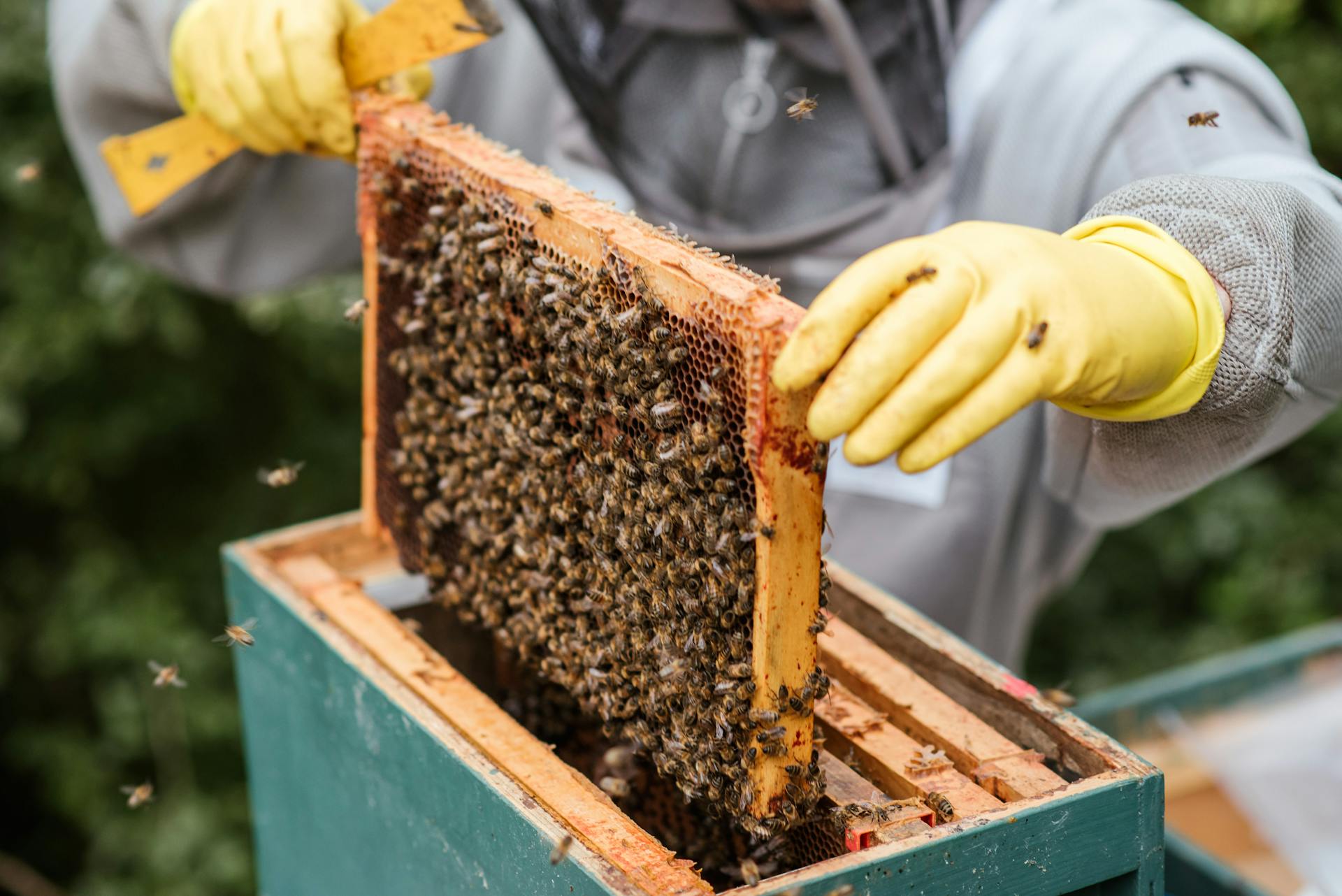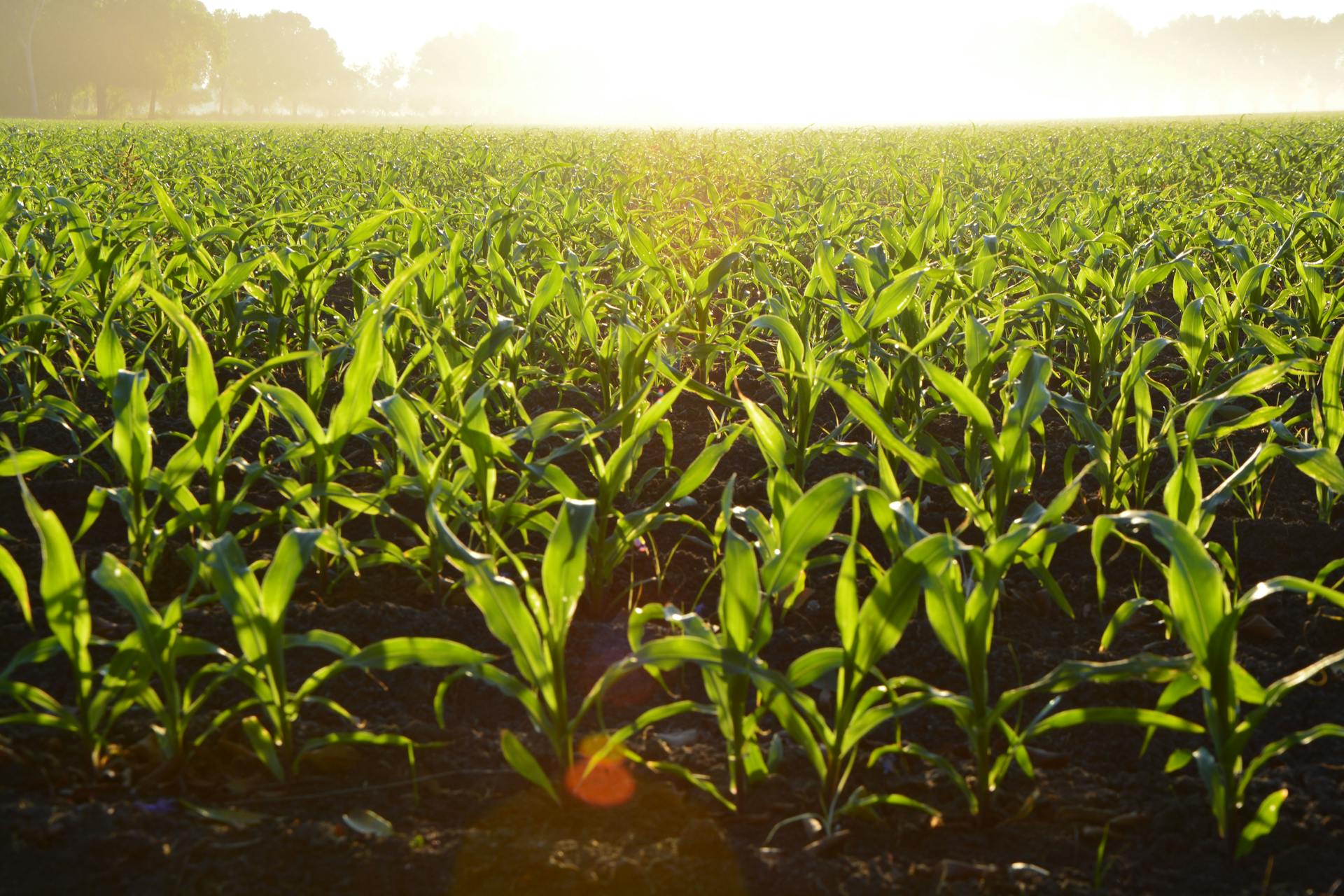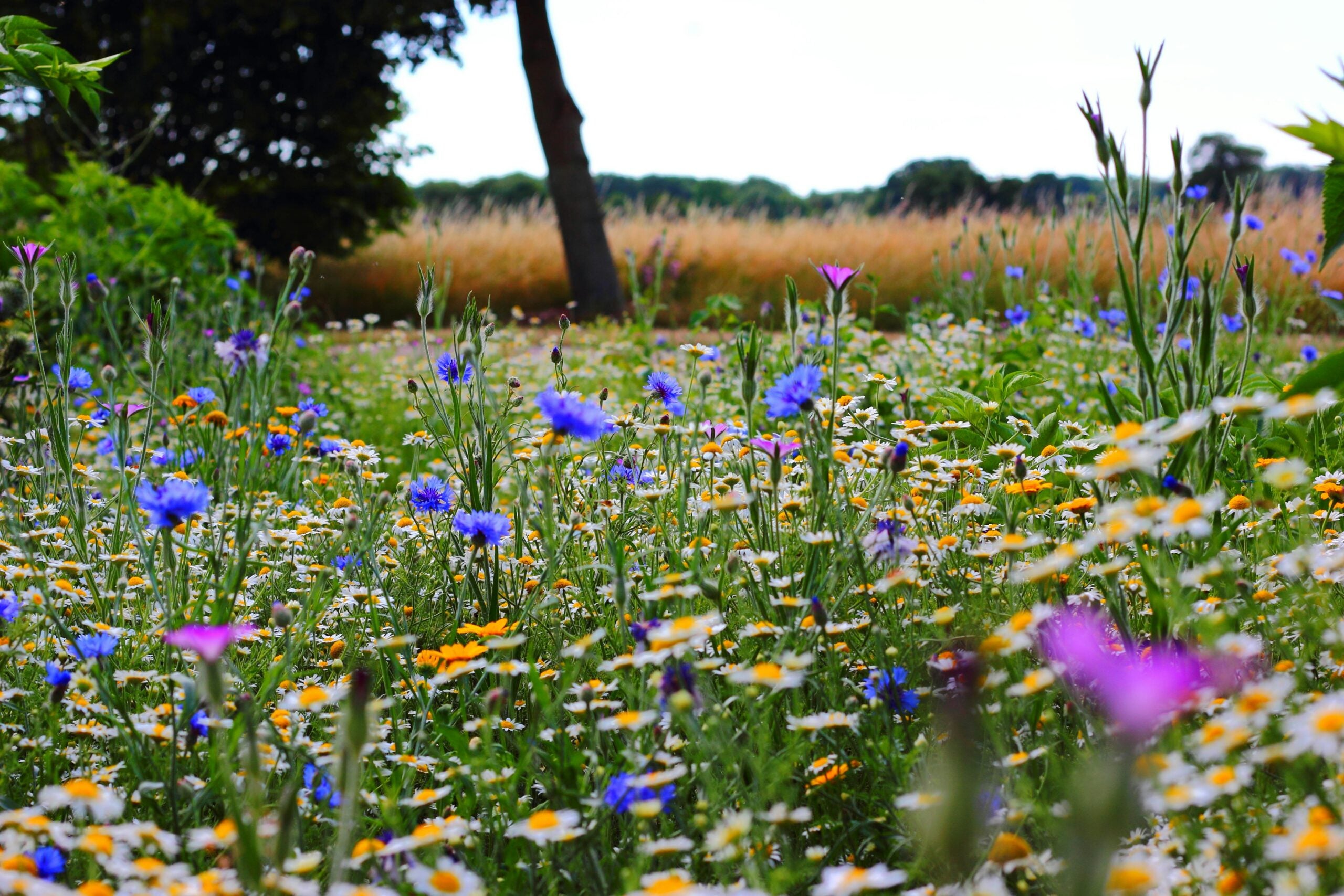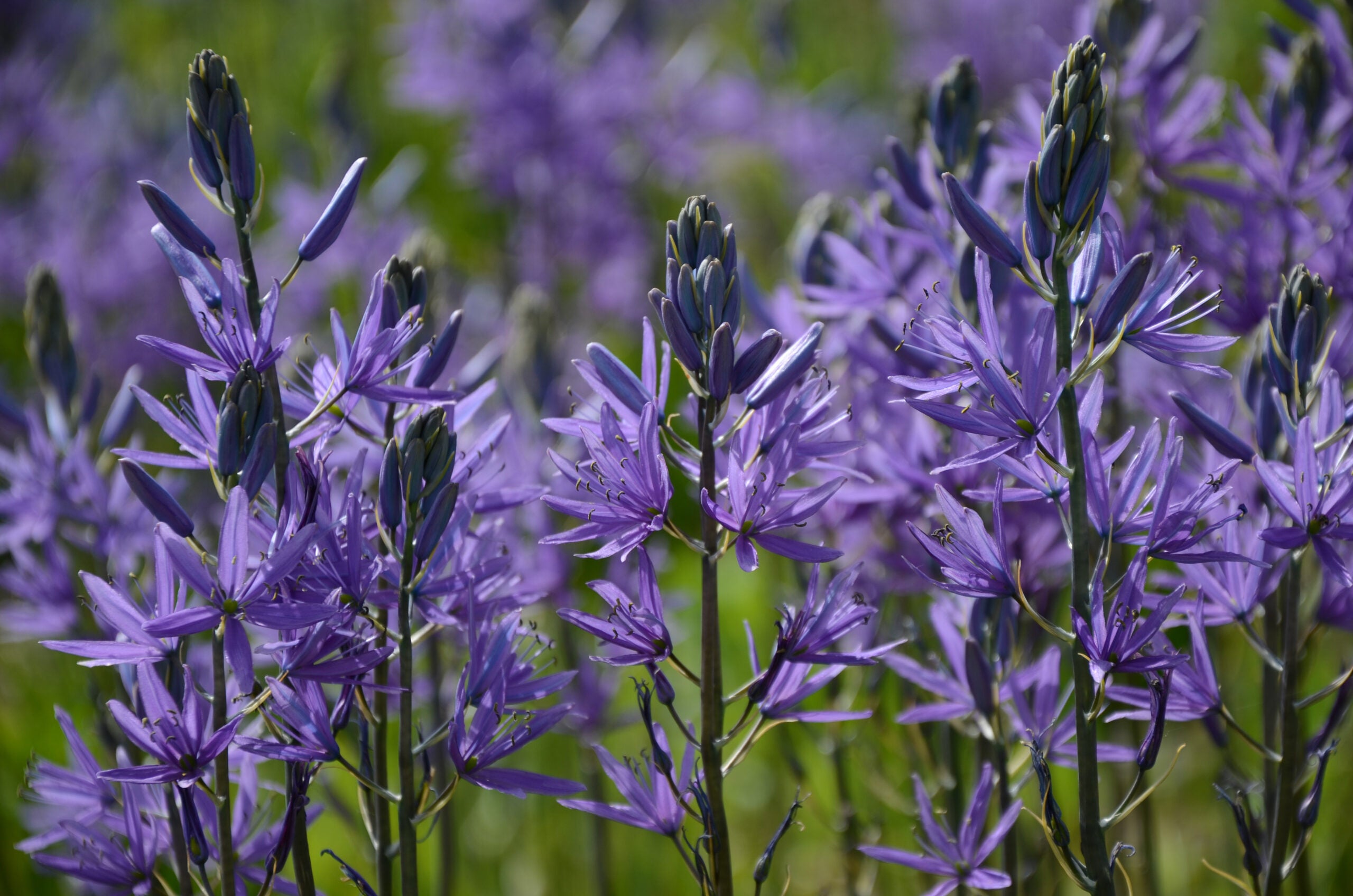Learn
Pesticides promise convenience, but at what cost? Explore how these chemicals harm people, pollinators, and the planet—and what you can do about it.
Every day, we’re exposed to pesticides...
...through the food we eat, the air we breathe, and the greenspaces where we live, work, and play. These chemicals aren’t just a nuisance; they’re dangerous. Studies link them to cancer, hormonal disruption, reproductive problems, kidney and liver damage, and nervous system disorders.
The impacts aren’t shared equally. Black, Indigenous, and low-income communities in the U.S. face higher exposure and greater harm, making pesticide use both a public health and environmental justice issue.
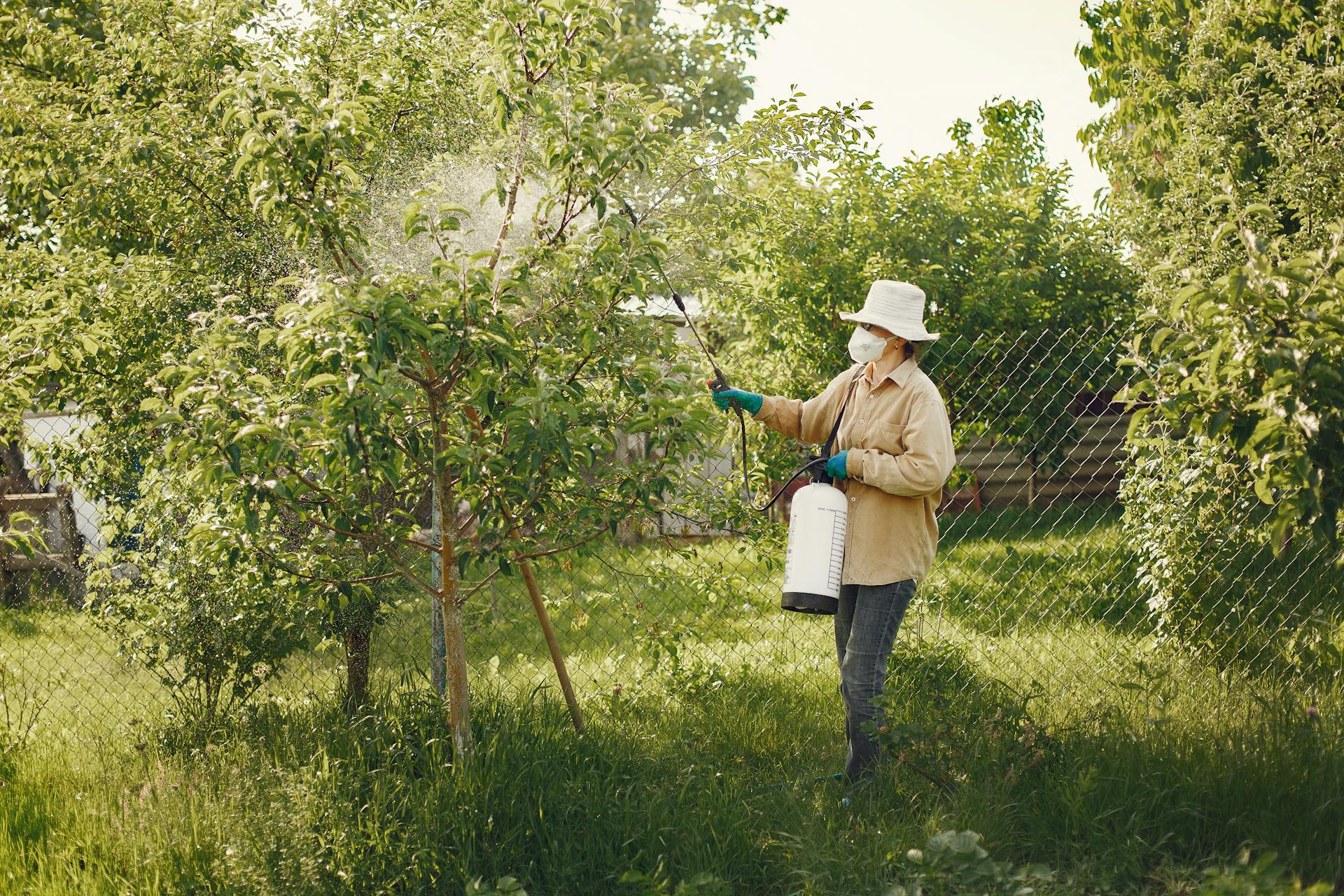
The Ripple Effect of Pesticides
From humans to wildlife to the planet itself, pesticides leave a mark.
Human Health
Daily exposure can disrupt hormones, harm reproductive health, and increase the risk of cancer.
Biodiversity Loss
Bees, birds, fish, and countless other creatures are poisoned, weakening ecosystems and pollination.
Climate Change
Pesticide production and use emit greenhouse gases and degrade soil’s natural carbon-capturing ability.

Pesticides threaten our health.
Despite being only 2.4% of cultivated land, cotton farms use 16% of the world’s insecticides.
These pesticides remain in the cotton when it is manufactured into menstrual products.
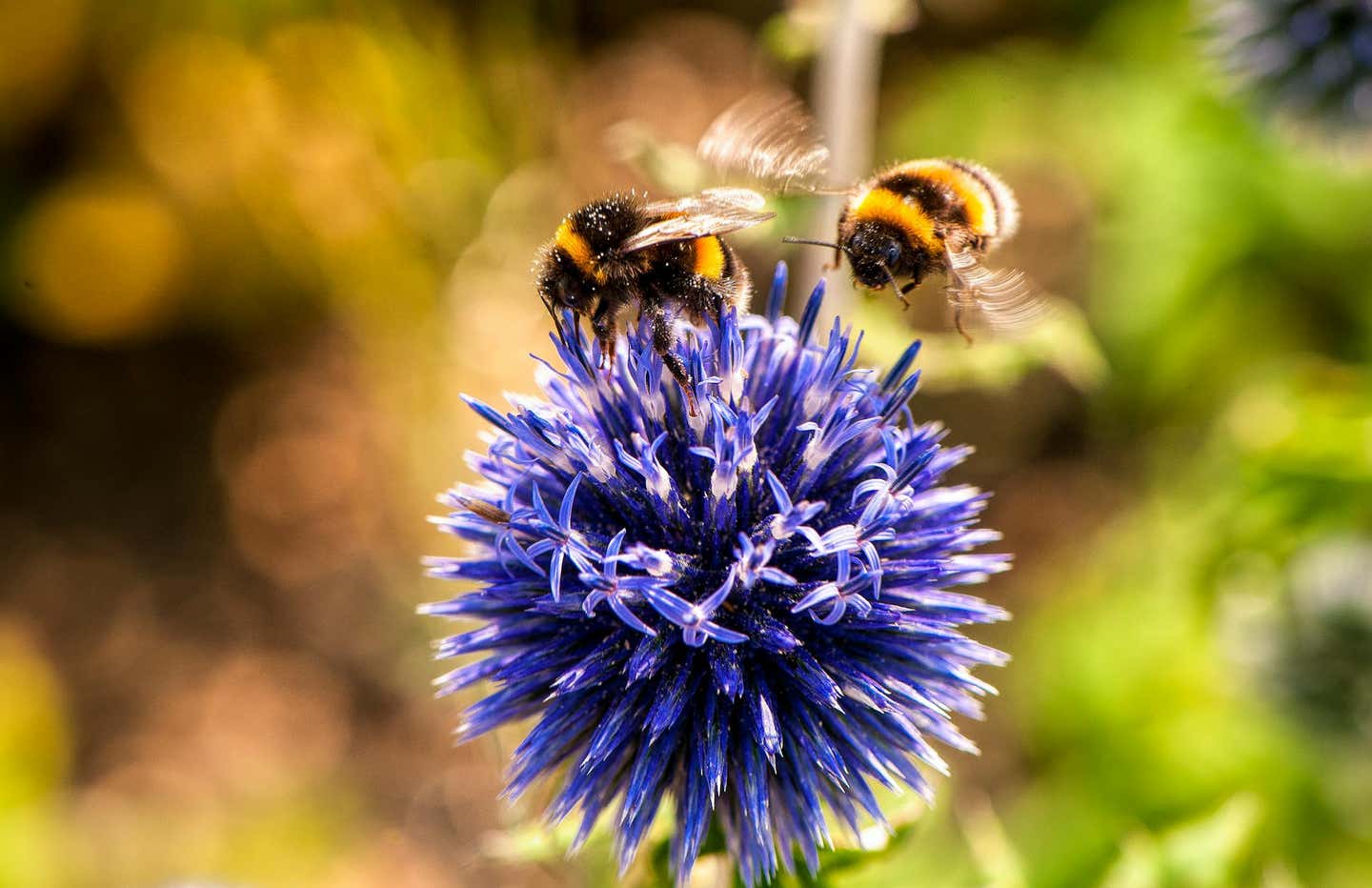
Wildlife are under threat.
Bee colonies have declined by 90% since 1962.
This dramatic loss threatens pollination, food production, and the balance of ecosystems, putting both wildlife and humans at risk.
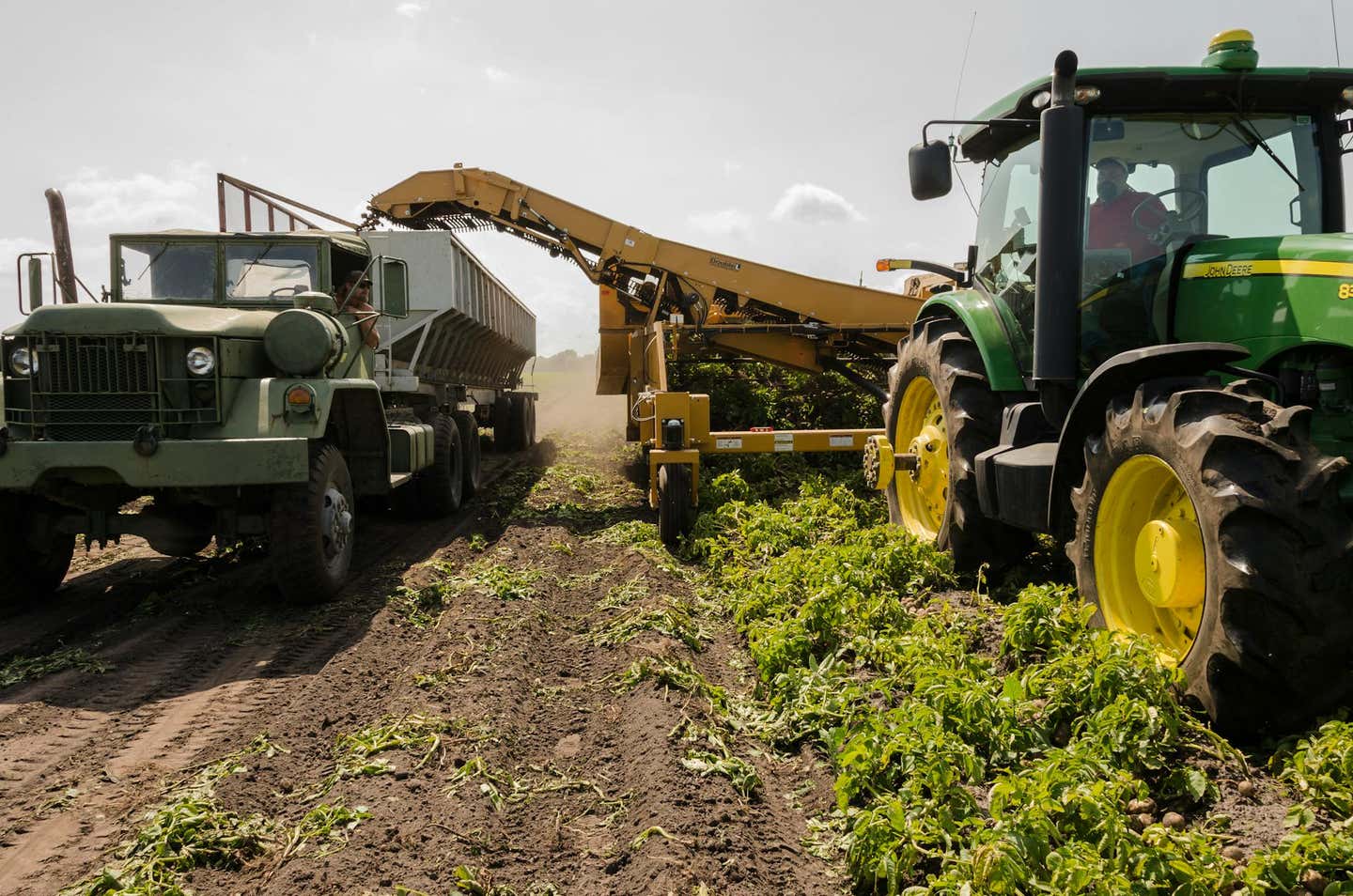
Industrial agriculture locks farmers into harmful cycles.
Glyphosate is the world’s most used pesticide.
Found in Roundup-resistant crops, this probable carcinogen contaminates fields, waterways, and food, exposing humans and wildlife to serious health risks.
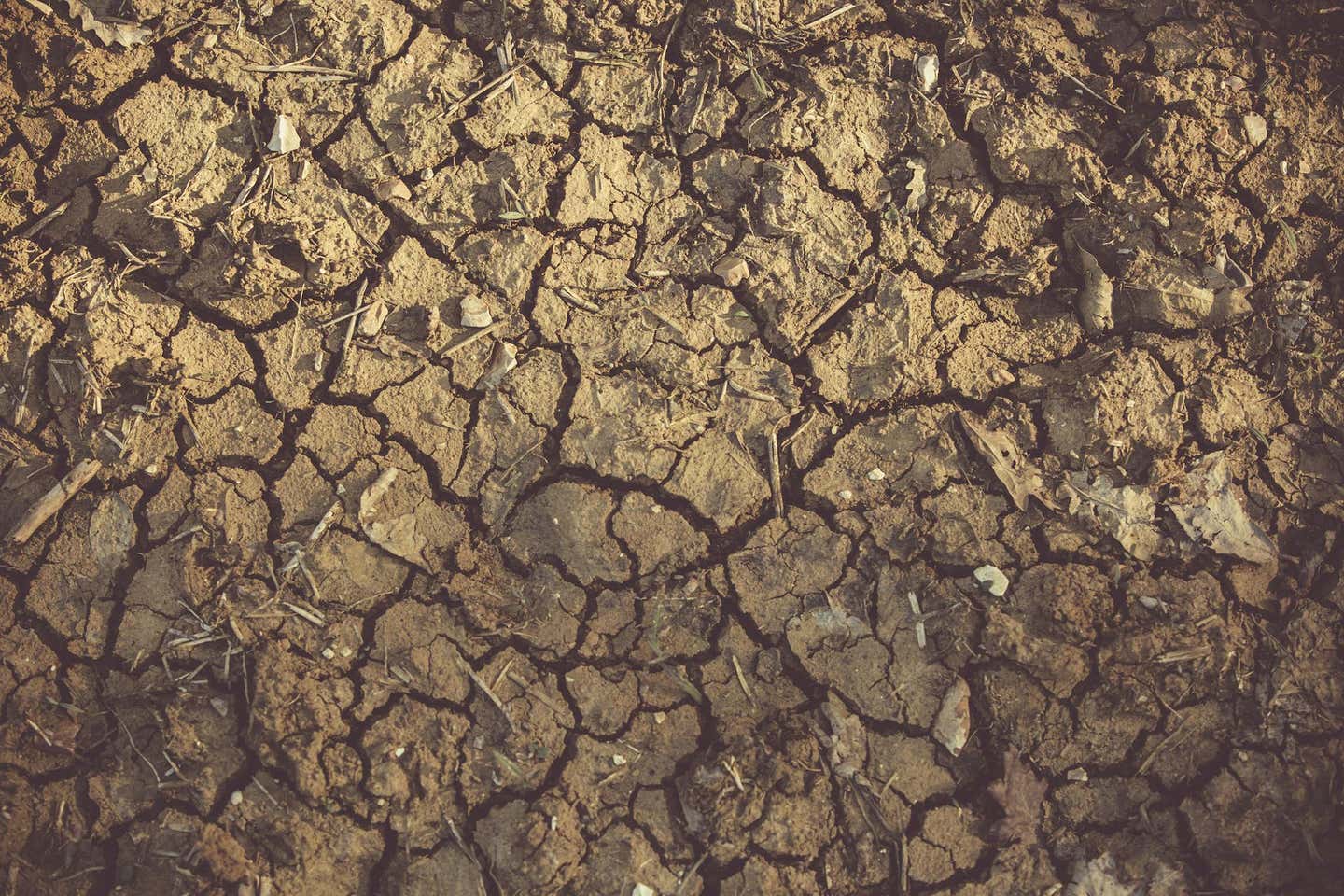
Pesticides fuel the climate crisis.
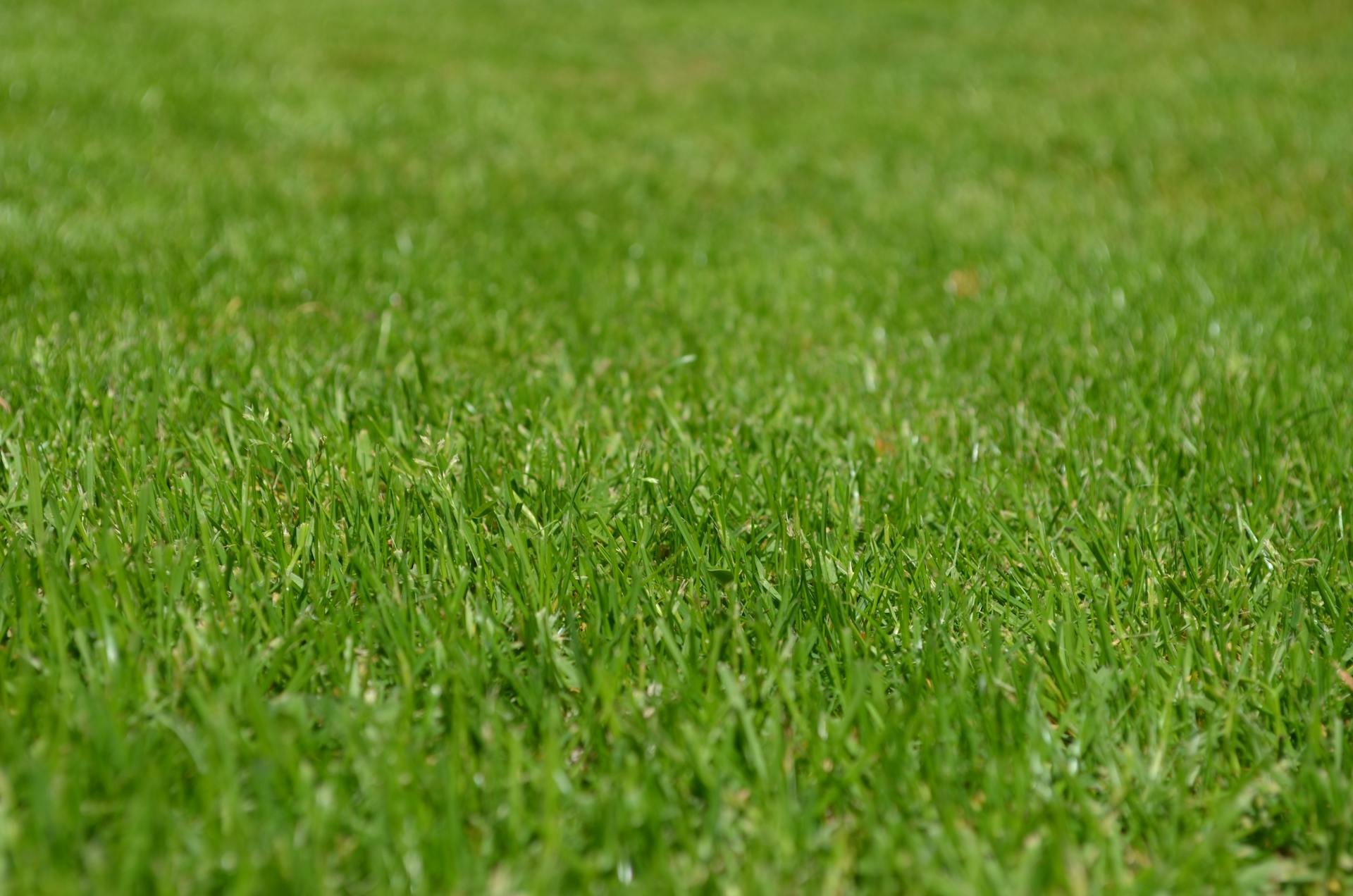
Lawns aren't so innocent either.
Perfectly manicured lawns are a cultural ideal that often rely on toxic chemicals and excessive water. Maintaining them may look harmless, but the pesticides used to keep grass green poison the environment and wildlife.
Taking action, one step at a time.
Pesticides impact human health, wildlife, and the climate, but solutions are within reach. Eating and buying organic reduces chemical exposure, avoiding pesticides in lawns and gardens protects both people and pollinators, and choosing safer period products prevents hidden toxin absorption. Supporting pollinator-friendly farms and advocating for sustainable agriculture policies amplifies change on a larger scale.
Knowledge is power: understanding the risks, making informed choices, and spreading awareness can protect health, restore ecosystems, and build a chemical-free future.
